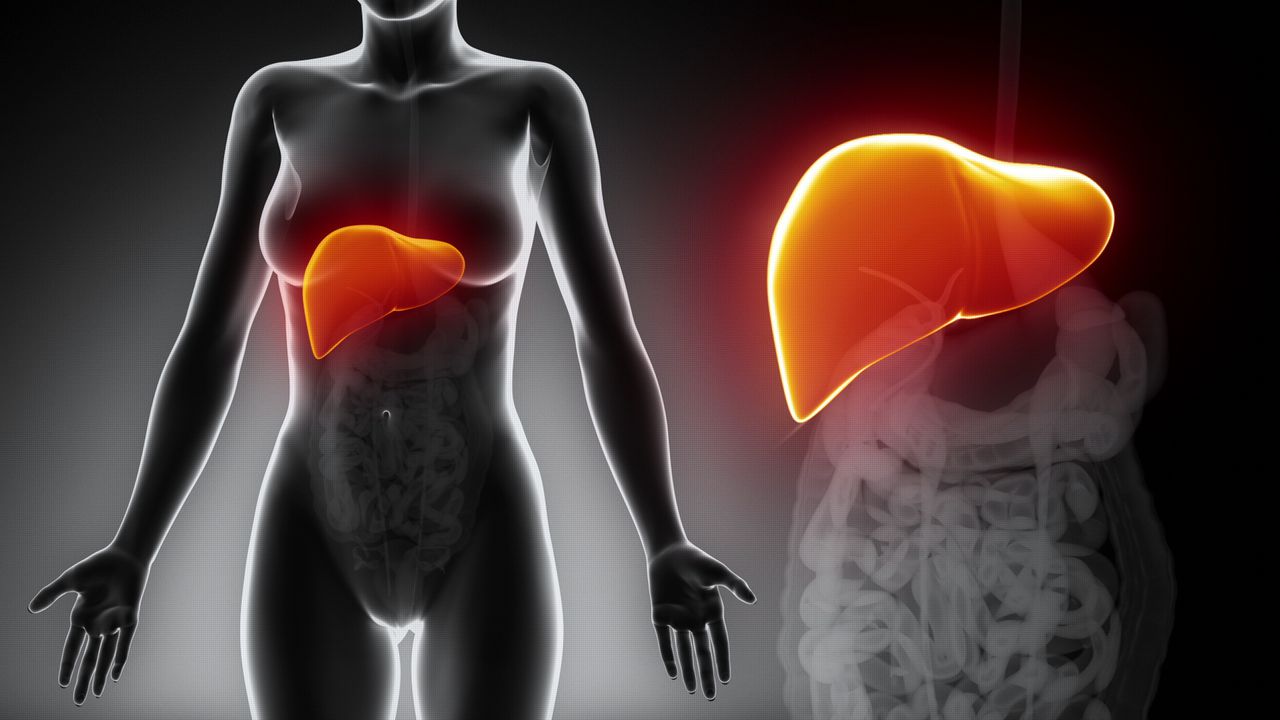Introduction
The liver, a marvel of biological engineering, stands as the largest solid organ within the human body. Nestled in the upper right section of the abdomen beneath the protective embrace of the diaphragm, this triangular organ is a powerhouse, weighing approximately 3 pounds. As we embark on an insightful journey into the liver’s intricate world, we will delve into its structure, multifaceted functions, astonishing regenerative capabilities, the spectrum of diseases it can encounter, and practical health recommendations to preserve its well-being.
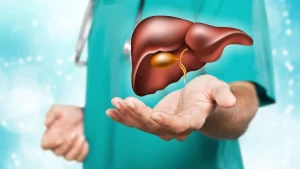
Structure: A Protective Citadel
The liver’s strategic positioning is not arbitrary; it is meticulously situated in the upper right abdomen, below the diaphragm. Notably, it is flanked by the falciform ligament, a band of tissue that acts as an anchor to the diaphragm. This remarkable organ, covered by Glisson’s capsule and the peritoneum, remains shielded from external forces, ensuring its structural integrity.
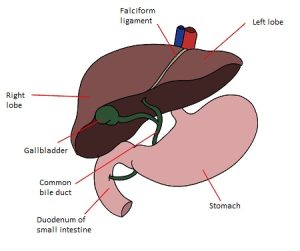
Blood Vessels: Dual Lifelines
In a departure from the norm, the liver boasts two major sources of blood—the portal vein and the hepatic artery. The portal vein ushers in nutrient-rich blood from the digestive system, while the hepatic artery delivers oxygenated blood straight from the heart. This intricate vascular network branches into small capillaries, culminating in lobules, the functional units of the liver, teeming with hepatocytes. The triumvirate of hepatic veins orchestrates the removal of blood from this dynamic organ.
Functions
The liver, with over 500 roles, is a vital gland in the body. Its major functions include:
- Bile Production: Aiding fat digestion in the small intestine.
- Blood Clotting Support: Essential for vitamin K absorption and clotting factor production.
- Metabolization: Breaking down fats, carbohydrates, and proteins.
- Vitamin and Mineral Storage: Storing fat-soluble vitamins, iron, and copper.
- Immunological Function: Part of the immune system, destroying disease-causing agents.
- Regulation of Blood Pressure: Synthesizing angiotensinogen to raise blood pressure.
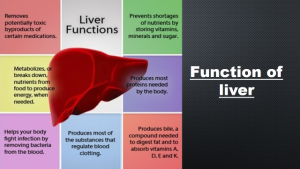
Regeneration: Nature’s Miracle
Evolution, recognizing the liver’s indispensability, has endowed it with an extraordinary regenerative capacity. Unlike other visceral organs, the liver can regenerate completely as long as a minimum of about 25% of the tissue remains. The removal of liver lobes prompts a remarkable resurgence, with mice regaining full functionality in 7—10 days and humans in 8—15 days. Growth factors and cytokines, including hepatocyte growth factor and insulin, emerge as key players in this miraculous restoration.
Diseases: Navigating the Complexity
The liver, with its myriad functions, is susceptible to an array of diseases. From the parasitic invasion of fascioliasis to the insidious progression of cirrhosis, the consequences of liver diseases can be severe, even fatal. Conditions such as hepatitis, alcoholic liver disease, primary sclerosing cholangitis, and liver cancer demand attention due to their varied etiologies and potential life-altering impacts.
Health Recommendations
To maintain liver health, consider these recommendations:
- Balanced Diet: Avoid overloading the liver with excessive fats.
- Moderate Alcohol Consumption: Limit alcohol intake to prevent cirrhosis.
- Avoid Illicit Substances: Protect the liver from harmful toxins.
- Caution with Medications: Be mindful of drug interactions and alcohol mixtures.
- Protection from Chemicals: Ventilate areas when using chemicals to prevent liver damage.
- Travel Precautions: Get vaccinated for hepatitis when traveling, and practice safe sex.
- Blood and Germ Avoidance: Seek medical attention if exposed to others’ blood.
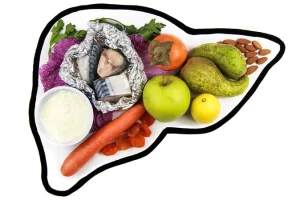
Conclusion
In conclusion, the liver’s significance transcends its physical dimensions. As the largest organ, it is intricately woven into the fabric of our physiological existence. Understanding its structure, respecting its diverse functions, and embracing a lifestyle that nurtures its well-being are essential components of holistic health. The liver, a biological marvel, merits our attention, care, and appreciation for the integral role it plays in sustaining life.






